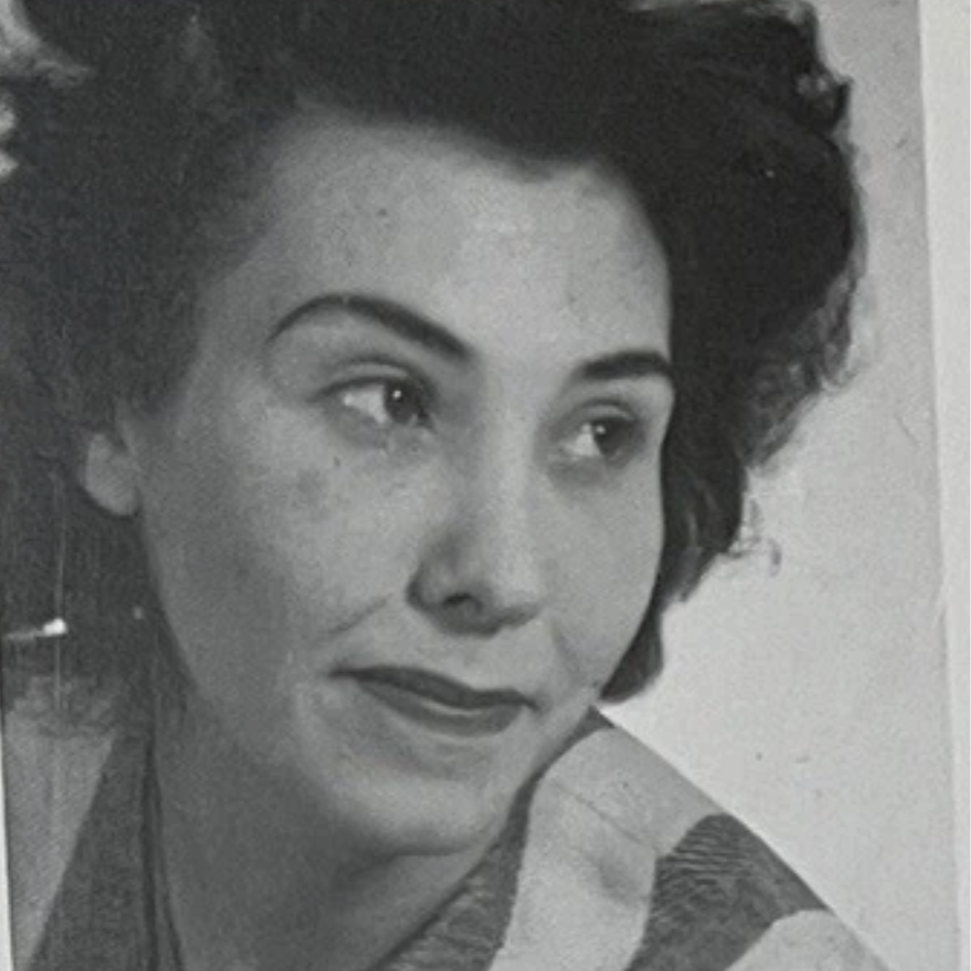Born in 1939, Inge Claussen is an established contemporary artist whose career reflects the postwar era’s shifting artistic landscape. Emerging at a time when Abstract Expressionism defined much of the global dialogue, Claussen developed her own voice, informed by the movement’s concern with gesture, form, and the sublime. Her paintings balance structure with emotion, offering a personal interpretation of modernism while asserting the presence of a female perspective in a largely male-dominated generation.


